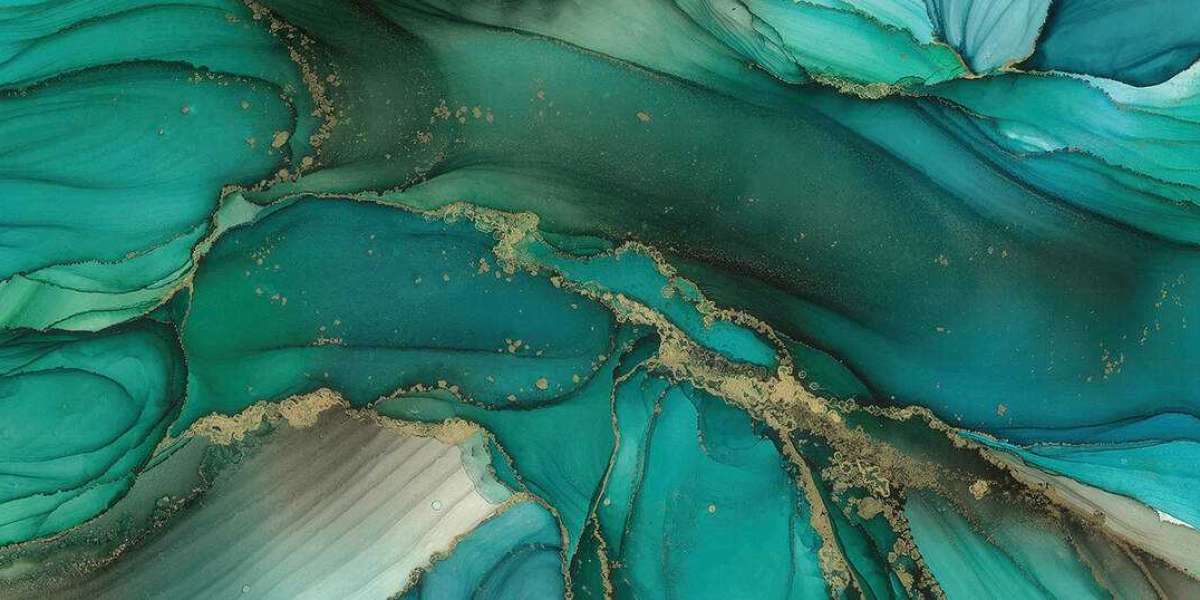The world of visual art is a vast and diverse landscape, offering a multitude of mediums for artists to explore. Ink and watercolor are two of these mediums, each with its own unique charm and expressive capabilities. In this article, we delve into the enchanting realms of ink wall art and watercolor, conducting a comparative analysis to better understand the distinctive aesthetics, techniques, and emotional impact of these two artistic worlds.
Ink Wall Art: The Art of Precision
Ink, with its rich history and cultural significance, is a medium known for its precision and control. Ink wall art encompasses a wide range of styles, from traditional sumi-e paintings to contemporary ink works. Here are some of the defining characteristics of ink wall art:
Delicate Brushwork: Ink art often involves precise and calculated brushwork. Artists use different brushes and techniques to create intricate lines, shapes, and textures.
Monochromatic or Limited Palette: Traditional ink art is primarily monochromatic, using shades of black and gray. However, contemporary ink artists may introduce a limited color palette to add depth and vibrancy.
Cultural Significance: Ink wall art frequently carries cultural significance, particularly in Asian traditions. It often reflects themes of philosophy, nature, and spirituality.
Minimalism: Many ink artworks embrace minimalism, relying on simplicity and negative space to convey meaning. This minimalistic approach is known for its calm and serene qualities.
Watercolor: The Magic of Transparency
Watercolor is a medium known for its luminosity and transparency. It allows for a wide range of expressive styles, from loose and spontaneous to highly detailed. Here are some of the defining characteristics of watercolor:
Transparency and Layering: Watercolor relies on the transparency of the pigments and the layering of colors. Artists can build up rich, complex hues through successive washes.
Fluidity and Spontaneity: Watercolor is celebrated for its fluidity and the spontaneous blending of colors. It encourages artists to embrace happy accidents and let the paint flow naturally.
Vibrant Colors: Watercolor can produce vibrant and intense colors, making it suitable for a wide range of subject matter, from botanical illustrations to abstract landscapes.
Wide Range of Styles: Watercolor is incredibly versatile, accommodating styles that range from loose and impressionistic to highly detailed and realistic.
Comparative Analysis
Control vs. Fluidity: Ink art demands precision and control, while watercolor thrives on the fluidity of paint. Ink art is highly calculated, with every brushstroke intentional, while watercolor can have an element of unpredictability and spontaneity.
Color Palette: Ink art traditionally relies on a limited palette, often monochromatic. Watercolor, on the other hand, offers a broader spectrum of colors. This makes watercolor suitable for vibrant, colorful artworks.
Emotional Impact: Ink wall art often evokes a sense of contemplation, calm, and serenity due to its minimalism and precision. Watercolor can be emotionally expressive, capturing the freshness and vitality of a moment.
Subject Matter: While both mediums can accommodate a wide range of subject matter, ink art is often associated with traditional themes like nature, landscapes, and calligraphy, whereas watercolor can be applied to virtually any subject, from botanical studies to urban scenes.
Conclusion
Ink wall art and watercolor are two distinct aesthetic worlds, each with its own unique qualities and expressive possibilities. Ink art embodies precision, control, and cultural significance, often conveying a sense of calm and contemplation. Watercolor, on the other hand, revels in the magic of transparency, fluidity, and a vibrant color palette, offering a wide range of stylistic possibilities.
The choice between ink wall art and watercolor depends on an artist's preferences, style, and the emotional impact they wish to convey. Both mediums have their place in the world of art, enriching it with their diverse and captivating qualities. Whether you find solace in the precision of ink or delight in the fluidity of watercolor, these mediums offer endless opportunities for artistic exploration and expression.





